Rocca Calascio
Beside a turn in the zig-zag road to Rocca Calascio, some thoughtful person has organized the ideal picnic spot. Under a bower of ivy and spring flowers is a table and benches, just waiting to be used. Only we don’t have a picnic. Déjeuner sur L’herbe Never mind, in the borgo of Calascio we find a bar where the owner does a line in sardonic wit (free) and sandwiches (reasonably priced). We take our sandwiches out to a grassy promontory. Though the sun is shining, the breeze from the Gran Sasso carries a memory of snow. We are at 1400 metres above sea level and the world is at our...


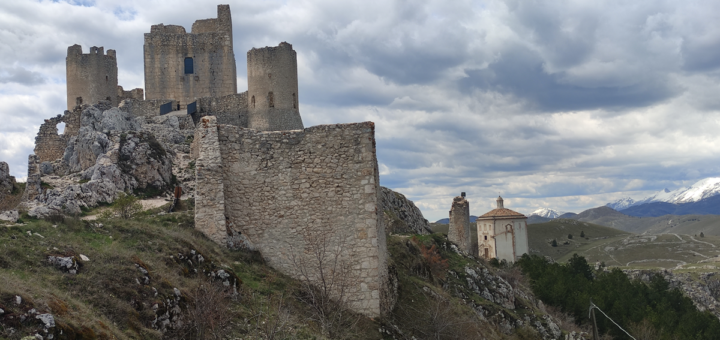
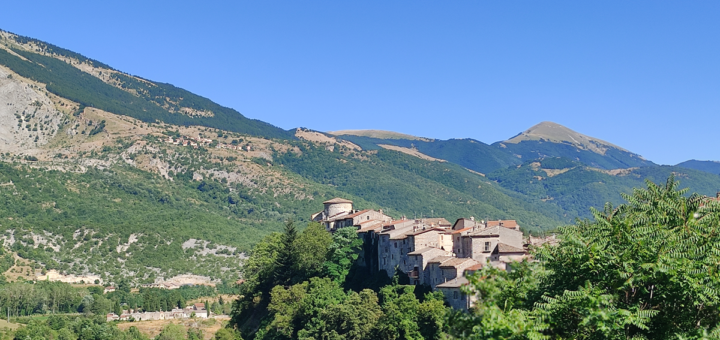
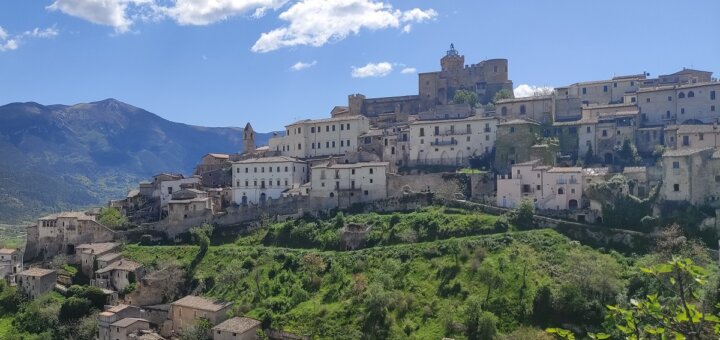
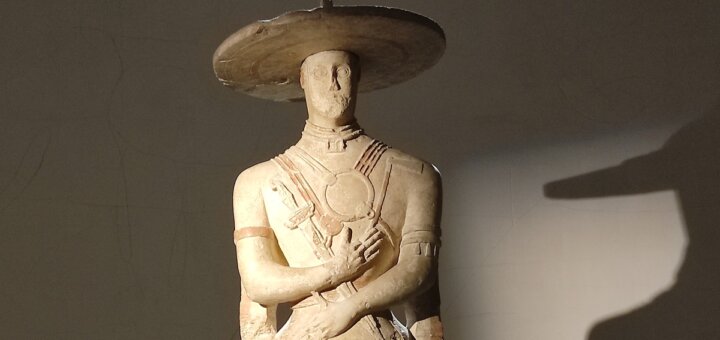
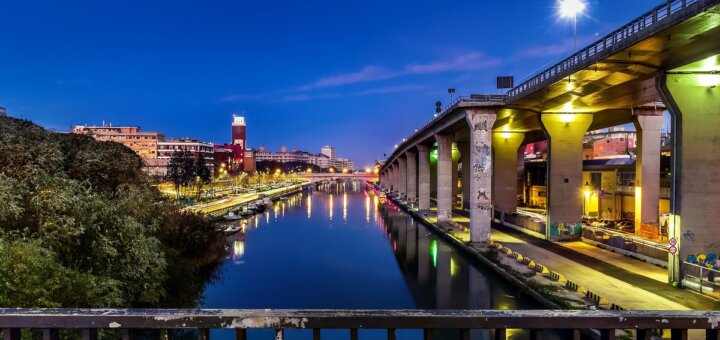

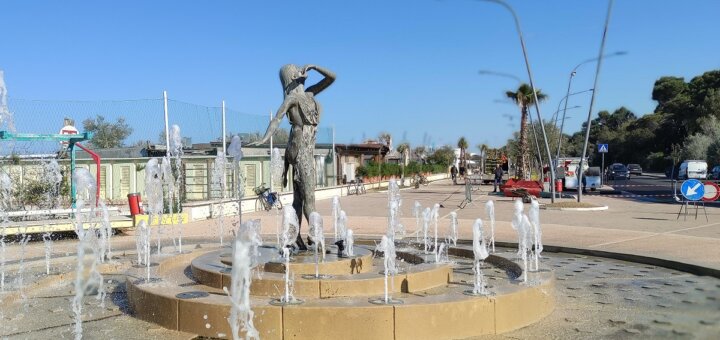
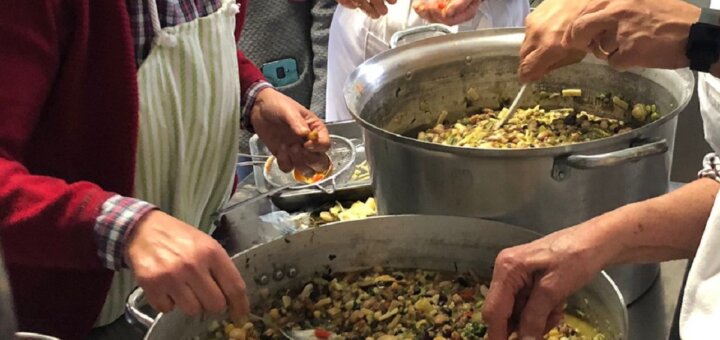
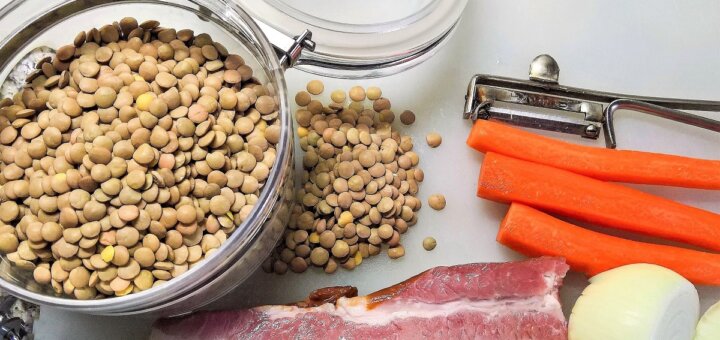
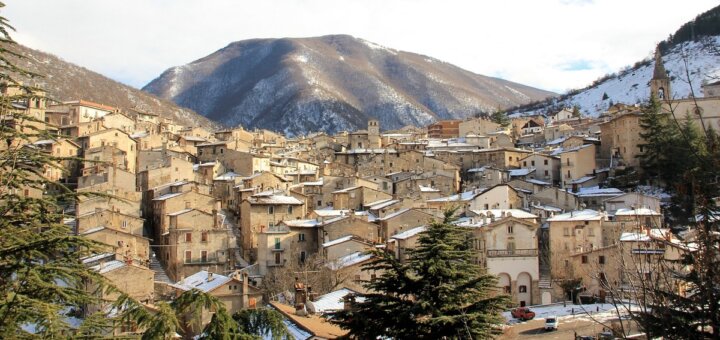
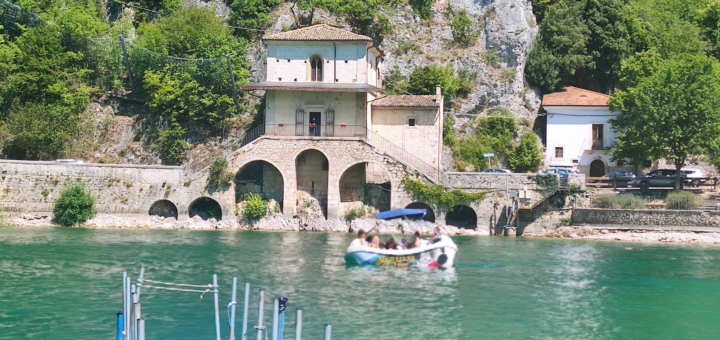

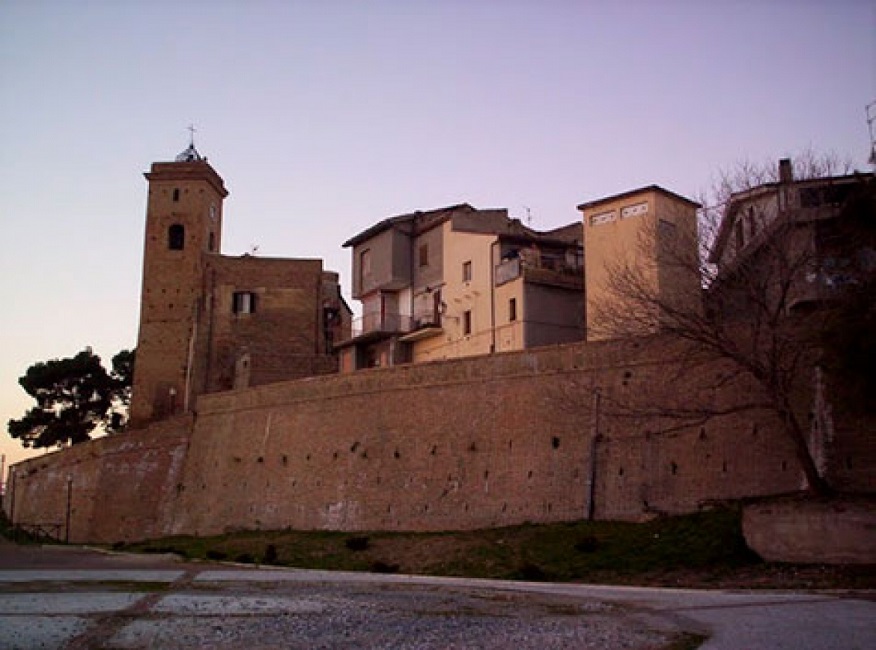
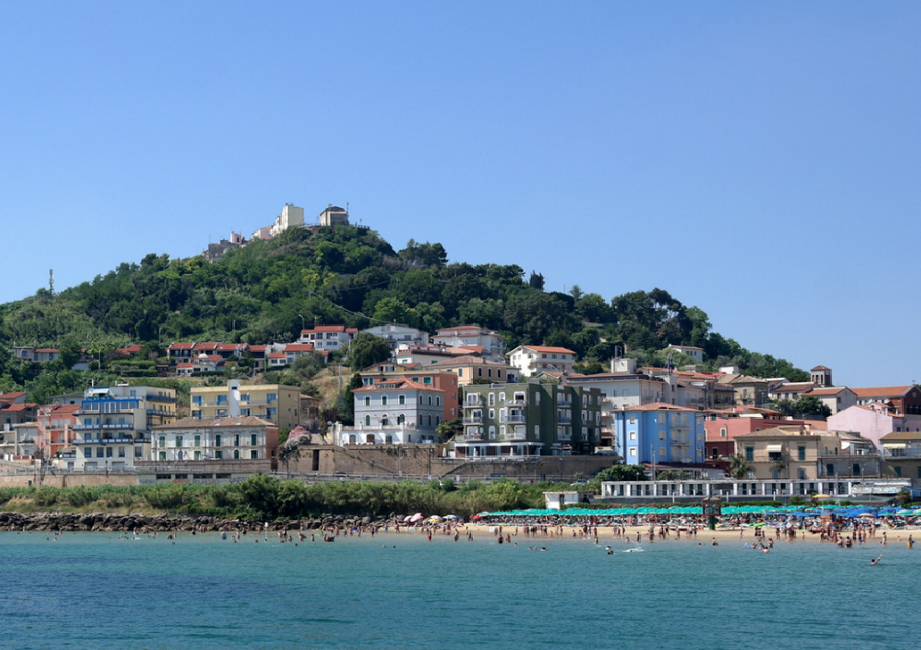
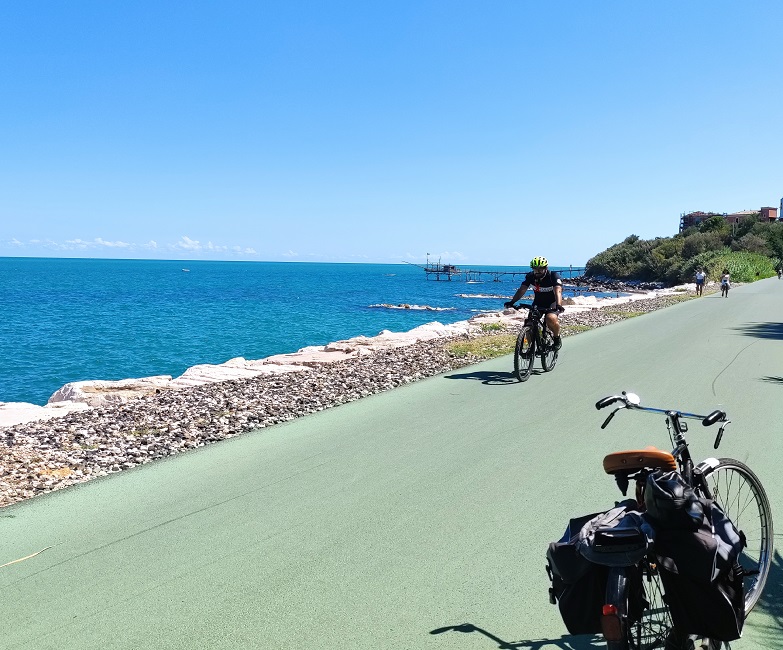
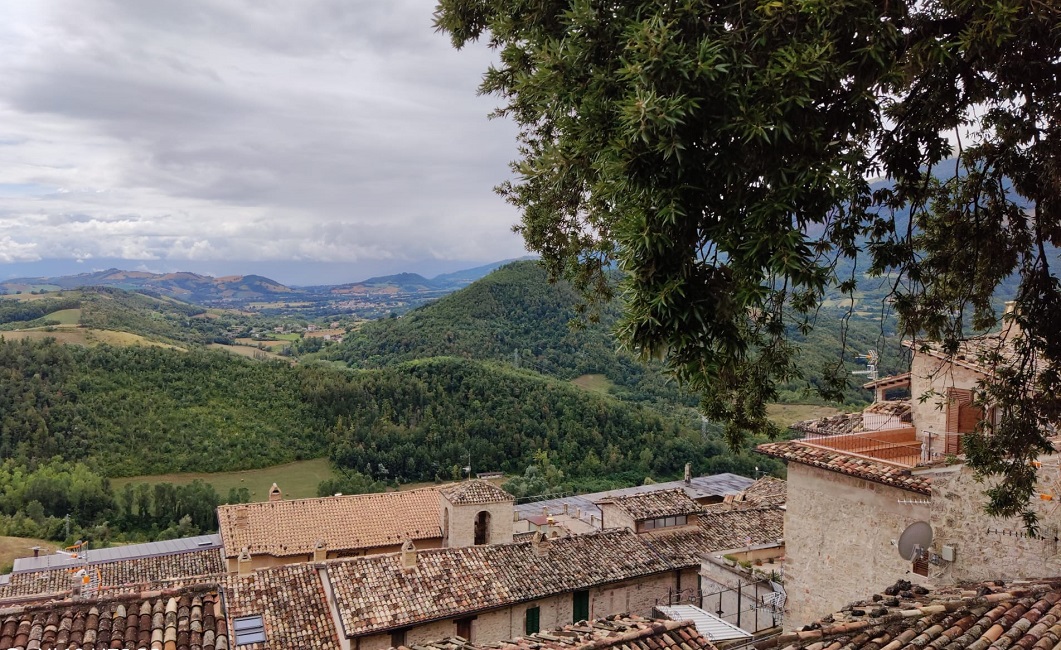
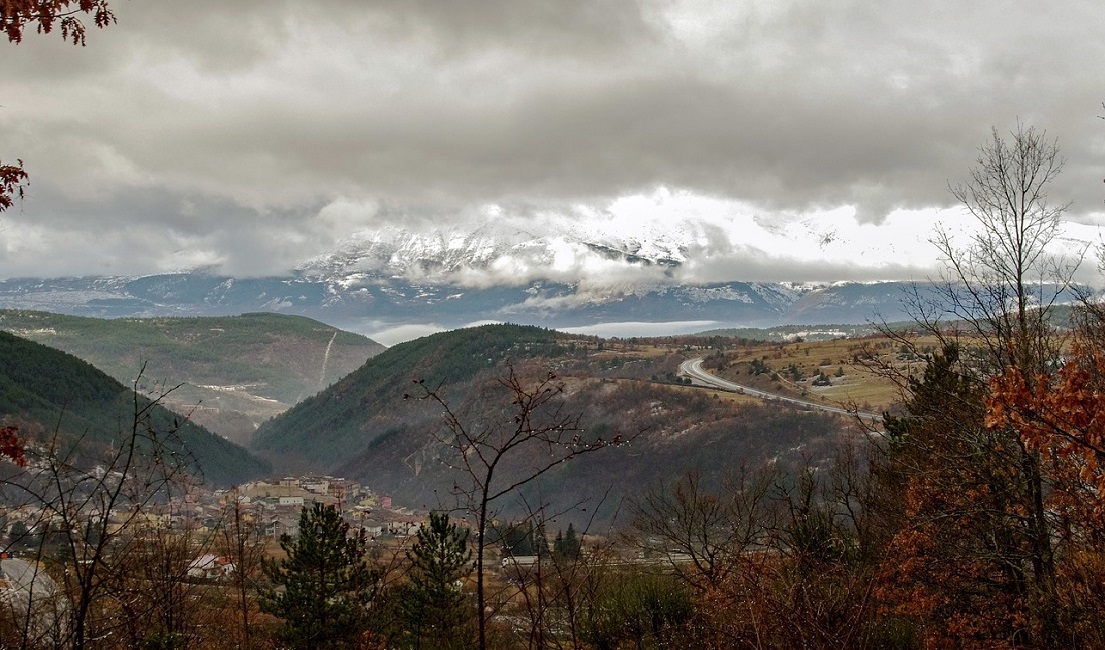

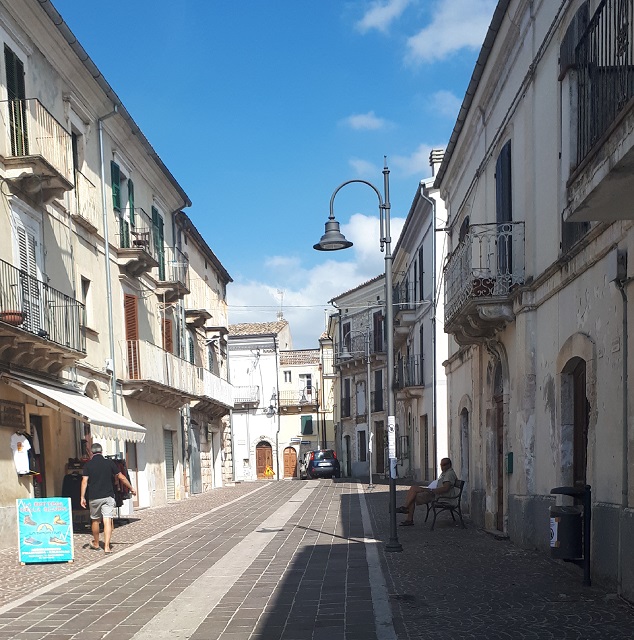
Thank you for your comment. I appreciate your input, though I reserve the right to disagree. I am not sure…
error in translation leaving this article non quite correct. Happiness is NOT desiring what you have, is the correct translation.…
Thank you!
[…] Scanno Lake […]
[…] San Domenico Lake […]